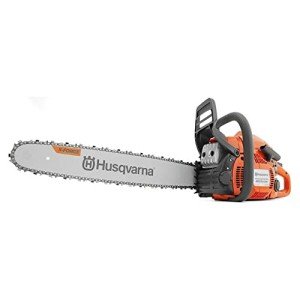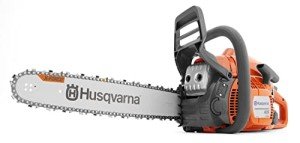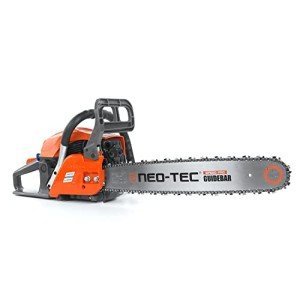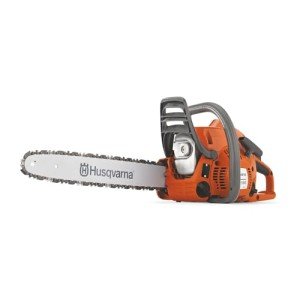When diving into the world of saws, it’s good to know that there’s a type for every job. Each type of saw has its unique features and purposes, making them suitable for different tasks. Let's break down some of the most common types of saws you might encounter.
Hand Saws are the classic choice for many DIYers. These are simple and effective, perfect for quick cuts on wood. They come in various sizes and tooth configurations, so you can choose one that fits your project best. Whether you're doing a bit of home repair or crafting a new piece of furniture, a good hand saw is an essential tool to have in your toolkit.
Circular Saws take things up a notch. These power saws are excellent for making straight cuts in larger sheets of material. They’re portable and can handle a variety of materials, including wood, metal, and plastic. But, a word of advice—safety first! Always wear protective gear, as these babies can be pretty powerful.
If you’re looking for precision, check out Jigsaws. They’re perfect for cutting curves and intricate shapes. With a wide array of blades available, you can tackle different materials with ease, making them a favorite for artists and woodworkers alike. They’re easy to control and generally lightweight, so you won’t feel worn out after a session.
Lastly, Band Saws are all about versatility. Great for both straight cuts and intricate curves, these saws feature a continuous blade that allows you to cut through thick materials smoothly. If you find yourself working with large pieces of wood regularly, a band saw can be a real game changer.
Advantages of Using Each Saw
When you’re diving into the world of saws, each type brings its own unique benefits to the table. Whether you’re a seasoned woodworker or a DIY enthusiast, knowing the advantages of each saw can help you choose the right tool for your project.
Hand Saws: These classic tools are budget-friendly and don’t require any power source. They’re great for making quick, precise cuts without needing to set up complicated equipment. Hand saws are also perfect for smaller jobs or tight spaces where larger saws can’t reach. Plus, they offer a great workout!
Power Saws: Power saws, like circular and jigsaws, can save you tons of time. They make cutting through tougher materials a breeze and provide a level of efficiency that hand saws just can’t match. Whether you’re making straight cuts or intricate designs, power saws are versatile enough to tackle a variety of tasks.
Table Saws: If you’re working on larger projects or need straight cuts on large pieces of wood, a table saw is your best friend. They offer accuracy and a smooth finish, making them ideal for furniture building or renovations. Plus, they have built-in safety features to keep you protected while you work.
Band Saws: These are fantastic for curved cuts and thick materials. Band saws give you the flexibility to create intricate shapes without worrying about breaking the material. They're especially useful for resawing lumber, allowing you to make thinner slices from thicker boards without fuss.
Choosing the Right Saw for You
When it comes to picking out the right saw, there are a few things to think about. Saws come in all shapes and sizes, each designed for different tasks. Are you a weekend DIYer, or do you tackle bigger projects? Knowing your needs first can really help narrow down your options.
Electric saws, like circular and jigsaws, are great for quick and precise cuts. If you’re working on bigger pieces of wood or tougher materials, a table saw might be your best friend. On the other hand, if you're going for portability and ease, a handsaw or a miter saw fits the bill perfectly.
Think about the materials you'll be working with too. Some saws work better with specific types of wood or are even suitable for metals and plastics. If you're unsure, don’t hesitate to ask for advice at your local hardware store. They can offer insights based on your specific projects.
Lastly, consider safety features and your comfort level with power tools. Some saws are easier to handle than others, and it’s important to find one that feels good in your hands. Once you've got all these factors in mind, choosing the right saw for your needs will feel like a breeze!
Caring for Your Saws Effectively
Caring for your saws is key to keeping them in top shape and making sure they last for years. A little regular maintenance can go a long way in protecting your investment and ensuring that those saws cut smoothly and efficiently. Here are some straightforward tips for keeping your saws in great condition.
1. Keep It Clean
After each use, make it a habit to wipe down your saws. Dust, resin, and sap can build up and affect performance. Use a soft cloth and, if necessary, a mild cleaner to remove any sticky residue. For power saws, make sure to keep the motor free of debris to avoid overheating.
2. Regularly Check the Blade
The blades on your saws are what do the cutting, so ensuring they're sharp and undamaged is crucial. Check for nicks or cracks, and replace or sharpen them as needed. A dull blade doesn’t just make your job harder; it can also be dangerous.
3. Store Properly
When you’re finished with your saws, store them safely. A dedicated toolbox or rack works wonders for keeping them organized and protected from the elements. Avoid leaving your saws in damp areas, as moisture can lead to rust or corrosion.
4. Lubricate Moving Parts
For saws with moving parts, regular lubrication helps to keep everything running smoothly. Use the appropriate lubricant recommended for your saw type. This will reduce friction and prolong the life of your saws.





